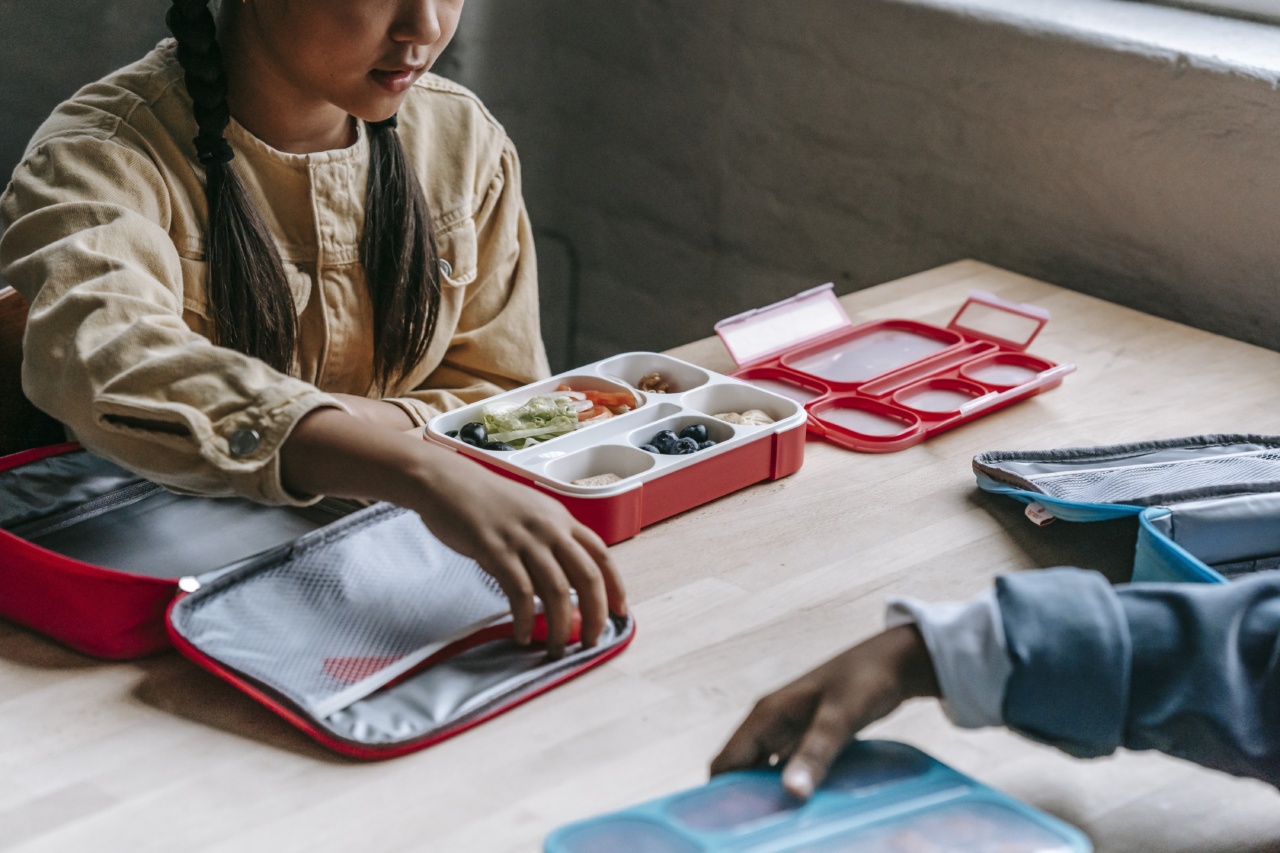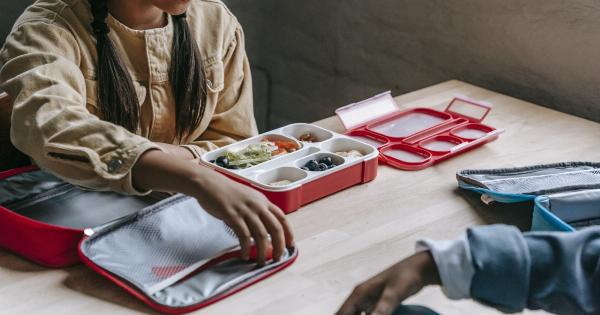Food allergies can be a major concern for parents, especially when it comes to their child’s safety at school.
With so many potential allergens circulating in the cafeteria and classrooms, it’s important to take proactive steps to protect your child from allergen exposure. Here are some valuable tips to help safeguard your child’s health and minimize the risk of a severe allergic reaction.
1. Educate school staff about your child’s allergy
Start by informing the school administration, teachers, and nurses about your child’s specific food allergies. Provide them with a written plan that outlines the allergy triggers, symptoms, and emergency procedures.
Ensure that they fully understand how to recognize and respond to an allergic reaction.
2. Communicate with other parents
It’s essential to reach out to the parents of your child’s classmates to inform them of your child’s food allergies.
This will help create a supportive environment where everyone can work together to reduce the risk of accidental exposure. Encourage open communication and ask for their cooperation in avoiding specific allergens in snacks or birthday treats.
3. Pack safe and allergy-friendly lunches
Prepare nutritious and safe meals by packing your child’s lunch. This way, you have complete control over the ingredients and can ensure your child avoids any potentially harmful allergens.
Take the time to read the labels carefully and double-check for cross-contamination risks in processed foods.
4. Arrange a meeting with the school’s nutritionist or cafeteria staff
Collaborate with the school nutritionist or cafeteria staff to develop a food allergy management plan. Discuss ingredient labels, potential cross-contamination risks, and safe alternatives for your child’s specific allergies.
Ensure that staff members are well-informed about the importance of avoiding allergen exposure and maintaining a clean food preparation environment.
5. Teach your child about their allergies
Empower your child with knowledge about their food allergies. Teach them about the food items they should avoid and how to identify potential allergens. If your child is old enough to read, guide them in reading food labels to check for allergens.
Encourage them to ask questions and seek help from an adult if they feel uncertain about any food or ingredient.
6. Provide necessary medication and medical devices
Ensure your child always has their necessary medication on hand, such as epinephrine auto-injectors. Make sure to provide clear instructions to school staff on when and how to administer the medication in case of an emergency.
Additionally, if your child uses any other medical devices, such as inhalers or allergy alert bracelets, make sure these are easily accessible and identifiable.
7. Teach proper hand hygiene
Instruct your child on the importance of proper handwashing before and after meals. Hand hygiene plays a crucial role in preventing cross-contamination and reducing the risk of accidental exposure to allergens.
Encourage your child to use soap and warm water, and to scrub their hands thoroughly for at least 20 seconds.
8. Establish a clear protocol for special events
Work with the school to establish a clear protocol for special events such as class parties, field trips, and holiday celebrations.
Ensure that all involved parties are aware of potential allergens, and discuss safe alternatives or modifications for your child’s participation. Collaborating ahead of time can help avoid last-minute complications or misunderstandings.
9. Regularly review and update emergency action plans
Keep an open line of communication with the school to routinely review and update your child’s emergency action plans.
Allergy management may change over time, and it’s important to ensure that the school has the most up-to-date information regarding your child’s allergies, triggers, and emergency contacts.
10. Stay vigilant and maintain open communication
Stay vigilant in monitoring your child’s allergies and maintaining open communication with the school. Attend parent-teacher meetings regularly to discuss any concerns or recent developments.
By working together, you can create a safe and inclusive environment that protects your child from potential allergen exposure at school.































